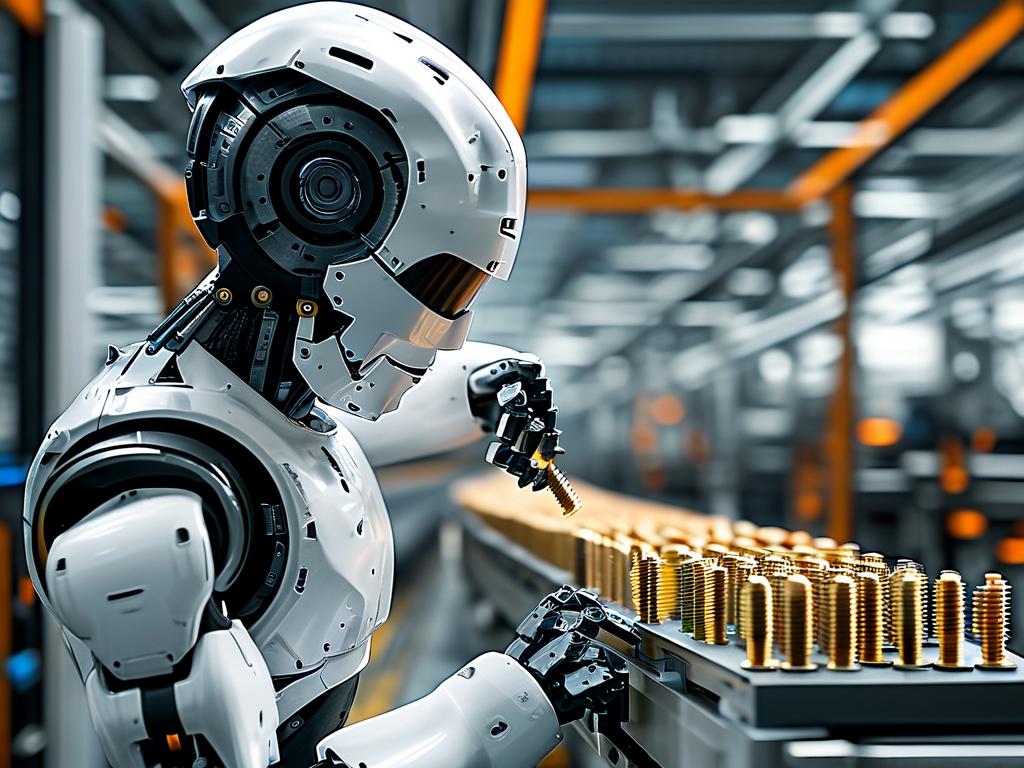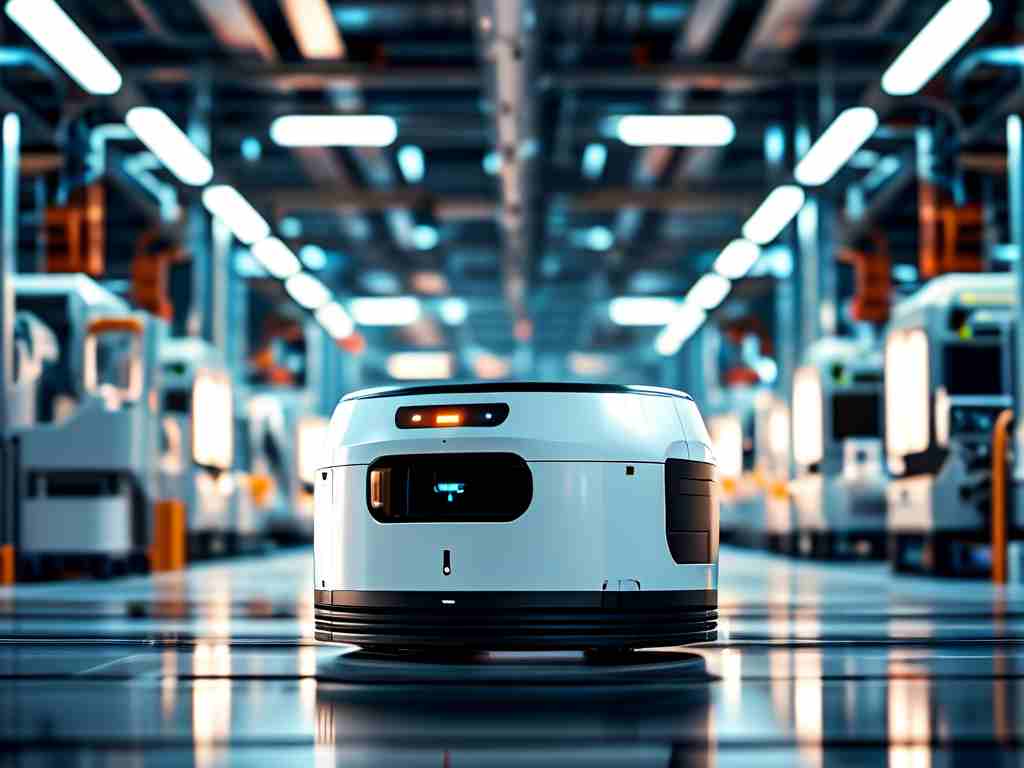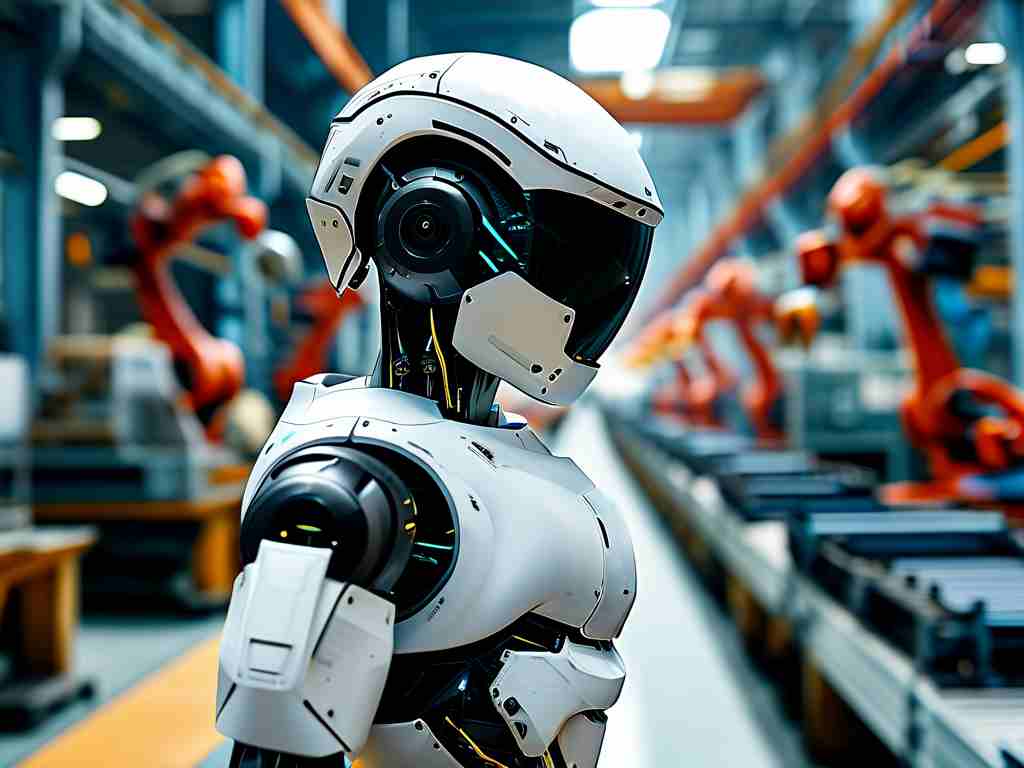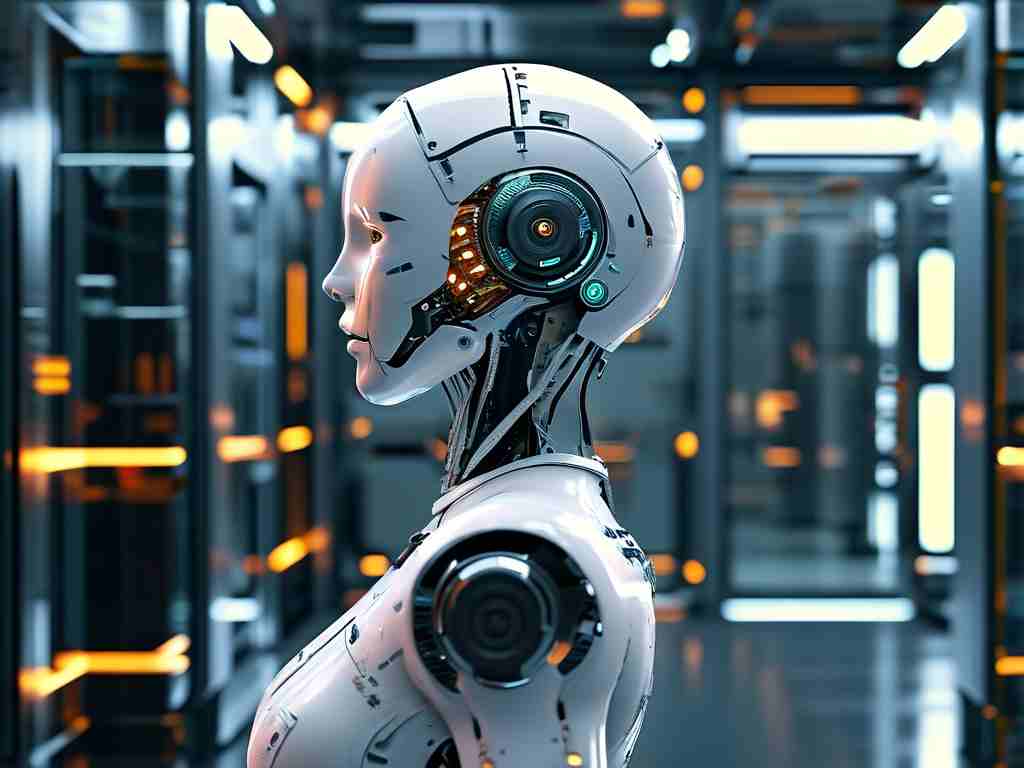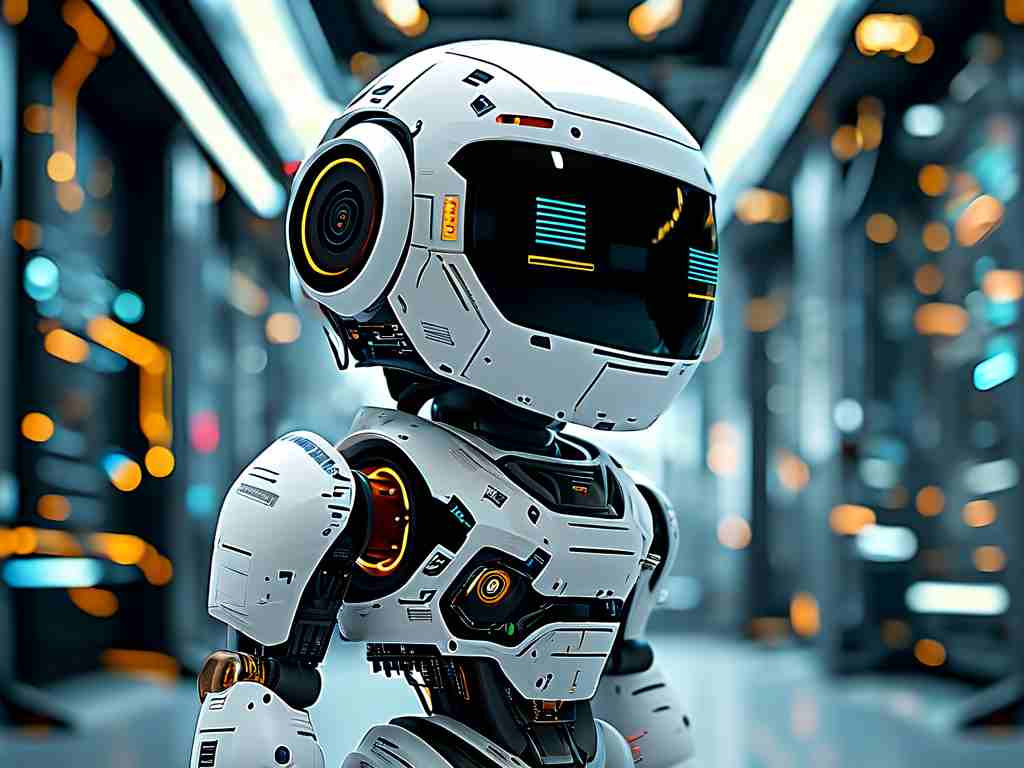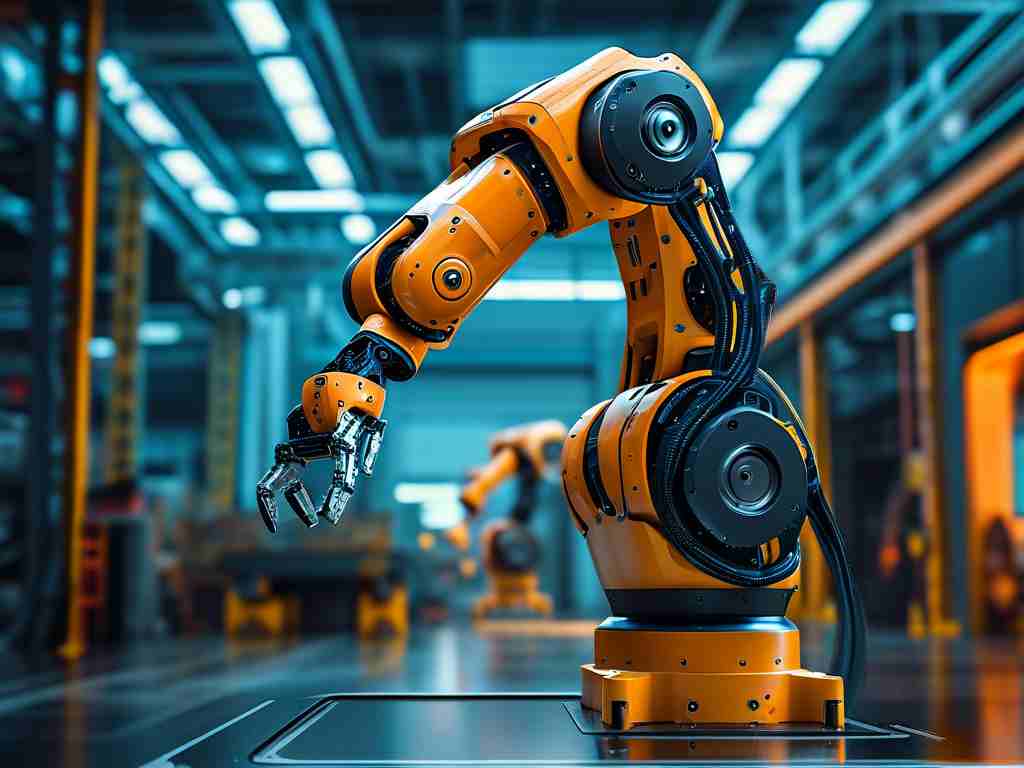The advent of robot wall demolition technology marks a transformative leap in the construction and demolition industries, offering unprecedented precision and safety while minimizing human exposure to hazardous environments. At its core, this technology relies on a sophisticated integration of artificial intelligence, advanced sensors, and robust mechanical systems to execute controlled demolition tasks. Understanding the principles behind it reveals how these machines operate autonomously or via remote control to dismantle walls efficiently.
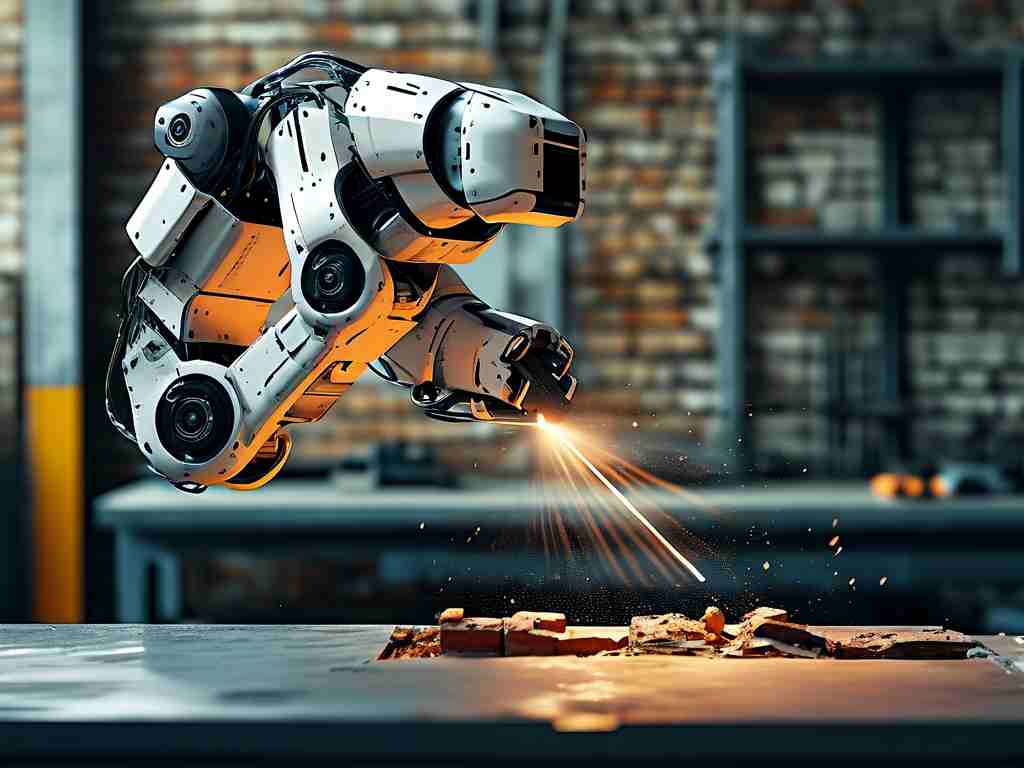
One fundamental principle involves the deployment of high-resolution sensors, such as LiDAR (Light Detection and Ranging) and 3D laser scanners, which map the structural composition of walls in real-time. These sensors create detailed digital twins of the target area, identifying weak points, material types, and load-bearing elements. For instance, LiDAR emits pulsed light waves to measure distances, generating point-cloud data that algorithms process to build accurate models. This sensory input feeds into the central control system, where AI-driven software, often based on machine learning frameworks, analyzes the data to devise optimal demolition paths. The AI considers factors like wall thickness, material density, and surrounding structures to avoid unintended collapses, ensuring a methodical approach that prioritizes stability.
The execution phase leverages powerful mechanical components, primarily articulated robotic arms equipped with specialized tools. Hydraulic breakers or crushers mounted on these arms apply targeted force, pulverizing concrete, brick, or other materials with minimal vibration. The force application is calibrated through servo motors and actuators, which respond to real-time feedback from the control system. This closed-loop mechanism allows the robot to adjust pressure and angle dynamically; for example, if sensors detect an unexpected reinforcement bar, the AI recalculates the attack vector to prevent tool damage. In complex scenarios, multiple robots can collaborate wirelessly, sharing data via IoT protocols to coordinate synchronized demolitions. Such coordination exemplifies how edge computing enhances responsiveness, with on-board processors handling computations locally to reduce latency.
Underlying this hardware is the software architecture, which often incorporates simulation-based planning. Engineers use digital twins in virtual environments to test demolition sequences before physical deployment, optimizing for efficiency and safety. Code snippets, like those in Python for path planning, illustrate this:
import numpy as np
from scipy.optimize import minimize
def demolition_path_optimization(wall_data):
# Define objective function to minimize energy and maximize stability
def objective(x):
return np.sum(x**2) # Simplified for example; real code includes material stress models
constraints = ({'type': 'ineq', 'fun': lambda x: x[0] - 0.5}) # Safety thresholds
result = minimize(objective, [1.0, 2.0], method='SLSQP', constraints=constraints)
return result.x
# Sample usage for a wall segment
optimized_path = demolition_path_optimization(sensor_scan_data)
This code highlights how algorithms minimize risks by simulating force distributions, ensuring the robot avoids overloading critical sections. Beyond the technical aspects, the principles emphasize energy efficiency, with electric or hybrid power systems reducing carbon footprints compared to traditional diesel machinery.
The advantages of this technology are manifold. It drastically reduces workplace accidents by replacing human workers in high-risk zones, such as unstable buildings or contaminated sites. Economically, it cuts project timelines through continuous operation—robots work 24/7 without fatigue—leading to cost savings in labor and insurance. Environmental benefits also emerge, as precise demolition generates less debris and allows for better material recycling. For instance, robots can sort rubble on-site using AI classification, diverting waste from landfills. However, challenges persist, including high initial investments in robotics and the need for skilled operators to oversee AI decisions. Cybersecurity is another concern, as networked systems could be vulnerable to hacking, potentially causing malfunctions.
Looking ahead, innovations like swarm robotics and enhanced AI cognition promise to refine these principles further. Future robots may incorporate predictive maintenance algorithms that preemptively replace worn parts, or use augmented reality interfaces for remote human supervision. As urbanization accelerates, robot wall demolition technology will play a pivotal role in sustainable redevelopment, transforming how we reshape our built environments with intelligence and care. Ultimately, its principles underscore a shift toward smarter, safer demolition that harmonizes technological prowess with practical human needs.


